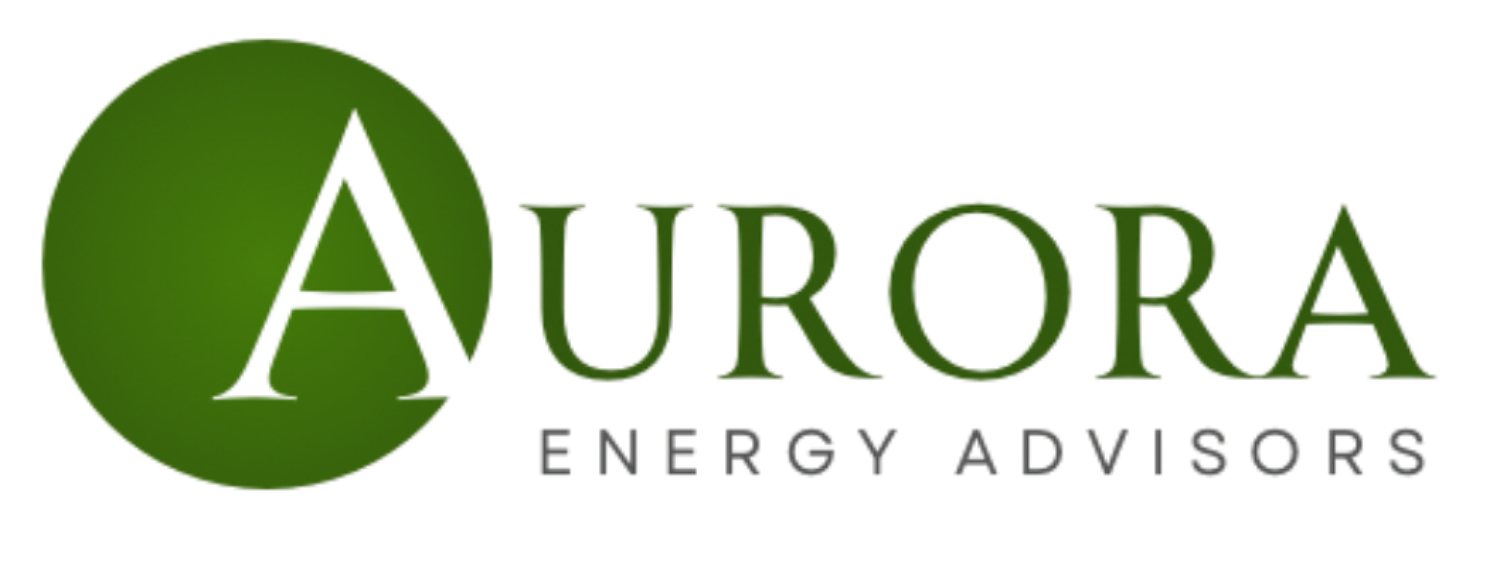LL84 & LL97 Process
Spring is just around the corner, which means it’s time to start preparing for Local Law 84 (LL84) benchmarking and the first-ever Local Law 97 (LL97) annual reporting cycle. These filings are some of the most critical administrative requirements in the NYC real estate industry, with steep penalties for missed deadlines.
Both laws are designed to track and reduce building energy use, but they serve distinct purposes. LL84 requires annual submission of energy and water usage data through the EPA’s ENERGY STAR Portfolio Manager, while LL97 establishes carbon emissions limits and requires professional certification of compliance.
Local Law 84 (LL84) — Benchmarking Refresher
All buildings over 25,000 square feet or two or more buildings totaling 50,000 square feet on the same tax lot must submit benchmarking data each year. The deadline to file is May 1, 2025, using full calendar year 2024 consumption data.
If you’ve worked with Aurora previously, we likely already have your data connections in place and will begin processing your submission soon. However, if you’ve changed building systems, utility accounts, or email credentials during the past year, it’s important to confirm continued data access so your benchmarking file can be transmitted successfully.
Failure to submit benchmarking data results in a $500 fine per quarter until filed.
Local Law 97 (LL97) — Certification Cycle Begins
This year marks the first-ever reporting cycle for LL97, which applies to most Article 320 buildings (market-rate or mixed-regulation properties). Your 2024 energy data will be used to calculate your building’s carbon emissions, and a Registered Design Professional (RDP) must certify the results and file with the Department of Buildings (DOB) by May 1, 2025.
For properties below their carbon limit, the RDP will submit a Certification of Compliance confirming no fines are due. For buildings above their limit, a Certification of Non-Compliance will be required, triggering fines based on emissions overages and potential opportunities for mediated resolution.
The certification process will require:
Verification of Gross Floor Area (GFA) and space types,
Confirmation of energy and fuel usage,
Calculation of carbon emissions, and
Completion of the official DOB filing forms.
Aurora Energy Advisors will be supporting clients through each step of this process — from benchmarking validation to certification coordination with engineers.
What’s Next
Between LL84 and LL97, the first quarter of 2025 is a busy time for property owners and managers. Now is the time to:
Confirm your building’s utility data connections.
Verify your GFA measurements and space classifications.
Determine whether your building is on track for LL97 compliance or requires a mitigation plan.
Aurora can help identify where your property stands and ensure all submissions are made accurately and on time.
Market Analysis
Electricity
Electricity pricing in NYISO Zone J remained stable in February, averaging between $0.04 and $0.05 per kWh. Mild winter conditions and abundant natural gas supply have kept costs lower than anticipated for this time of year.
Natural Gas
Natural gas futures continued to hover around $2.00 per MMBtu, reflecting weak demand and robust production. Storage inventories remain more than 25% above the five-year average.
Crude Oil
Crude oil prices fluctuated within the $74–$79 per barrel range through February. The market remains sensitive to OPEC+ decisions and evolving global demand projections heading into spring.
💡 Mitchell’s Tip: Don’t wait until April — start your LL84 and LL97 preparation early to avoid data delays and ensure timely submission.
